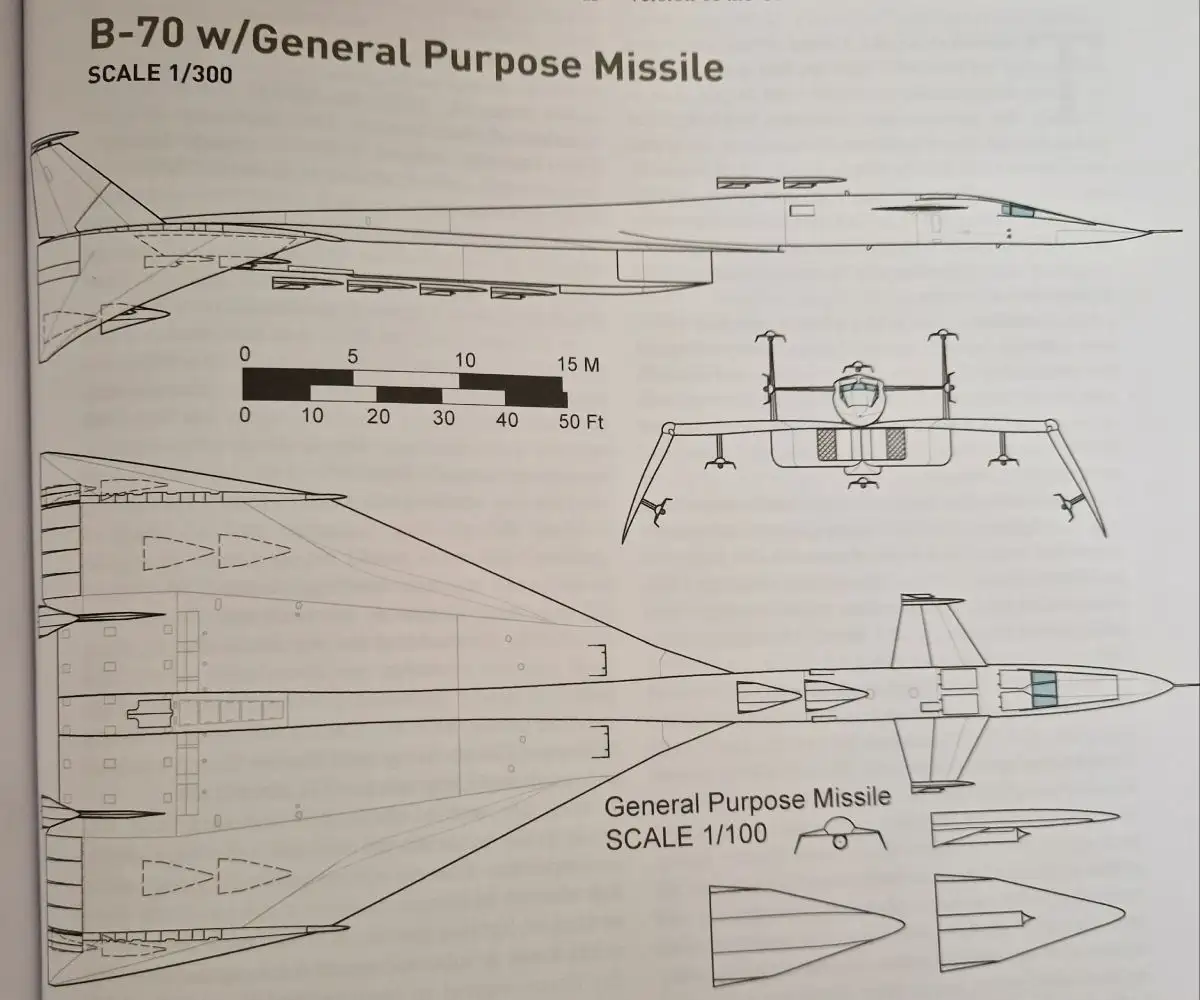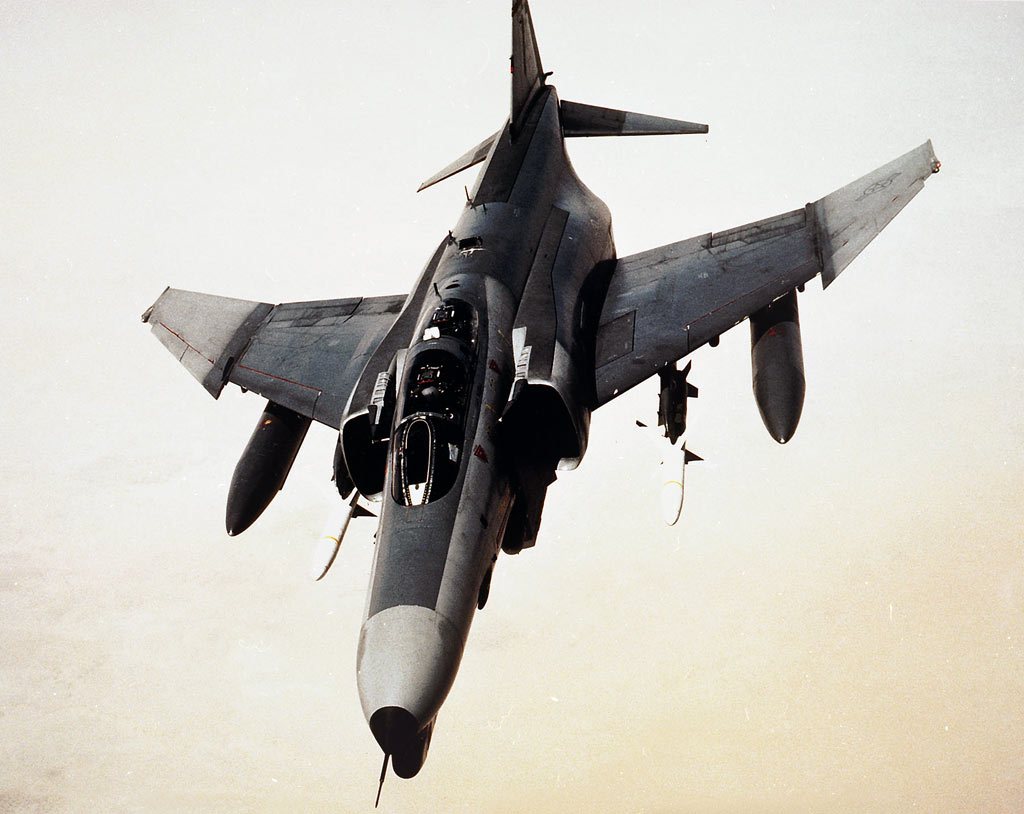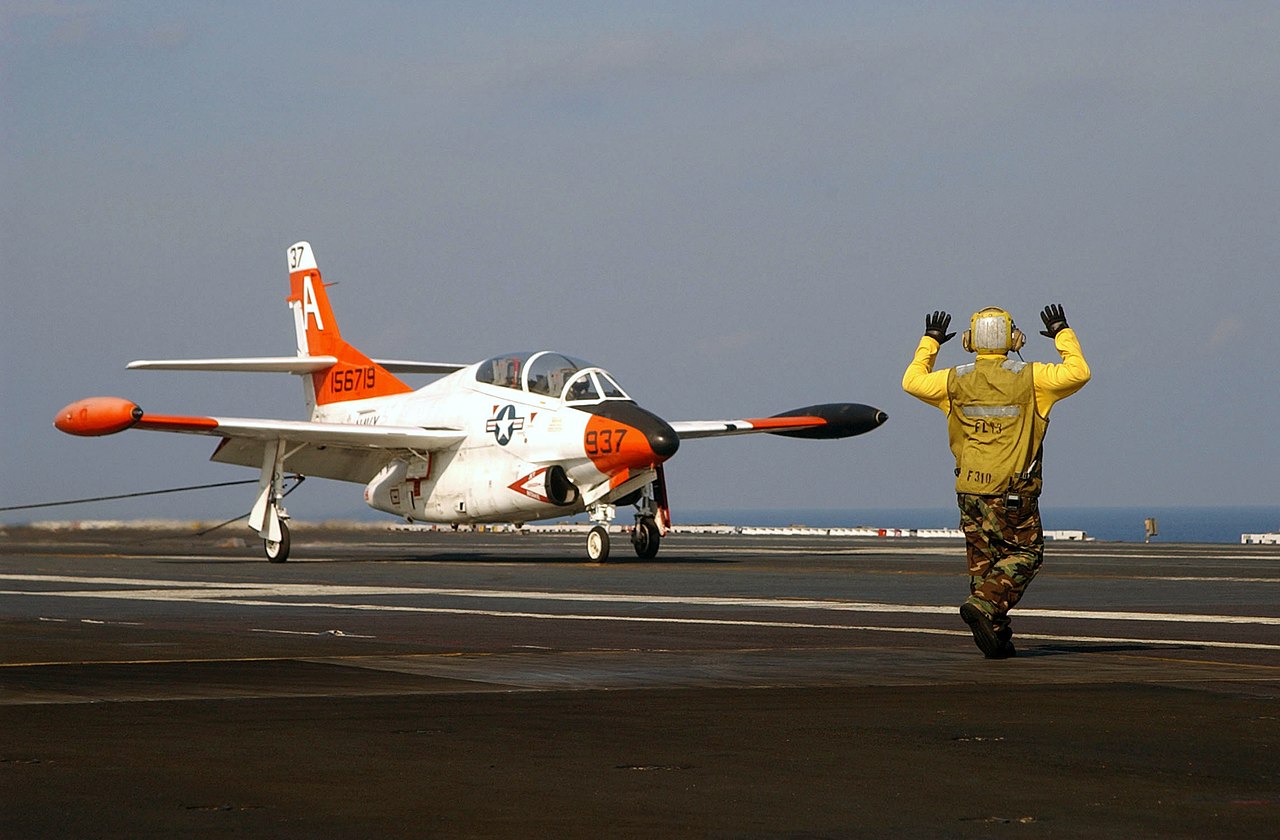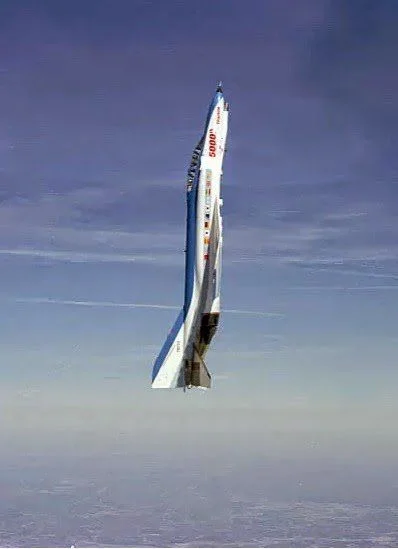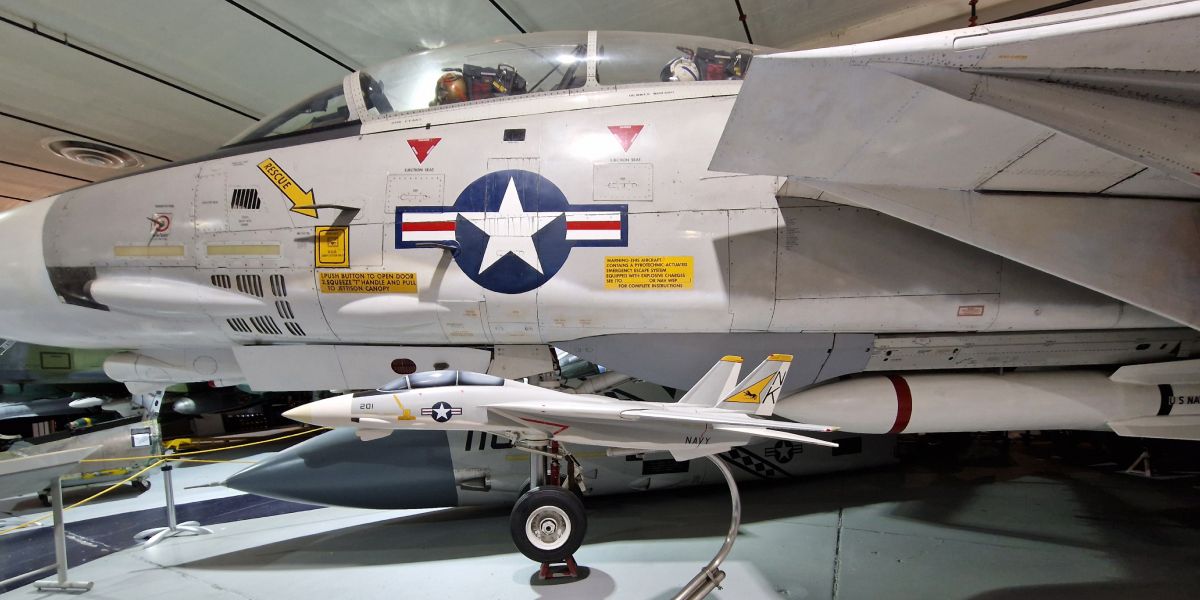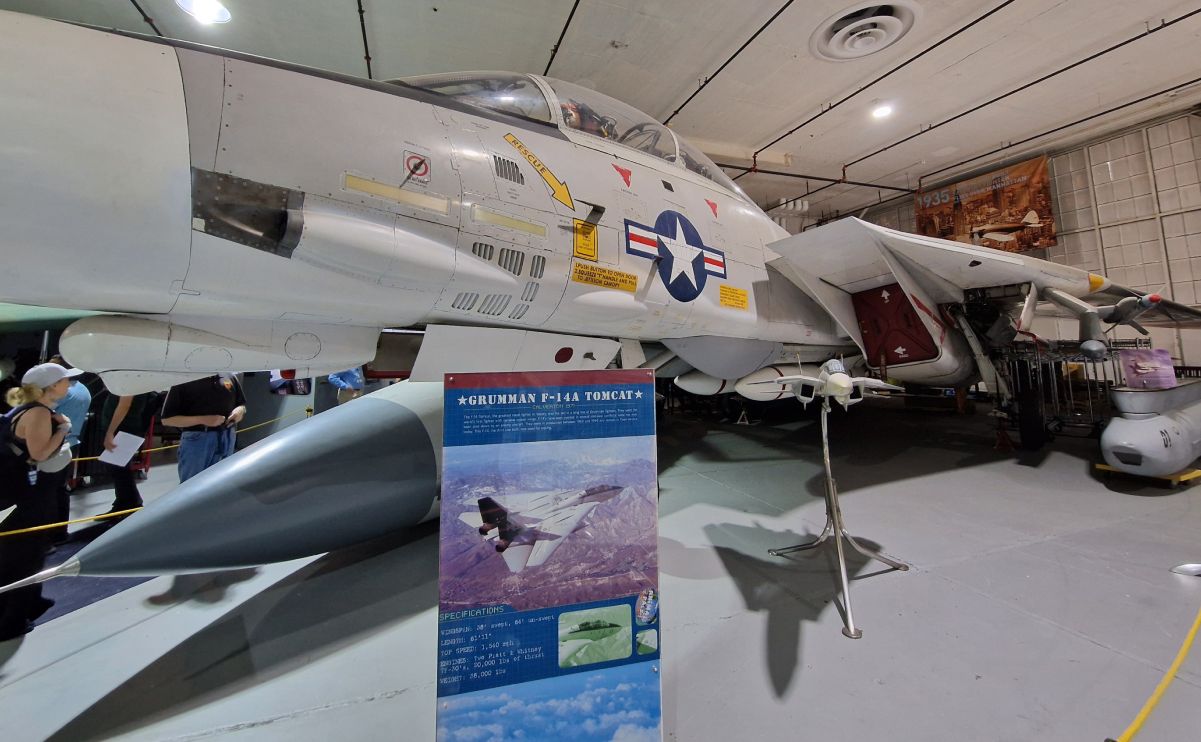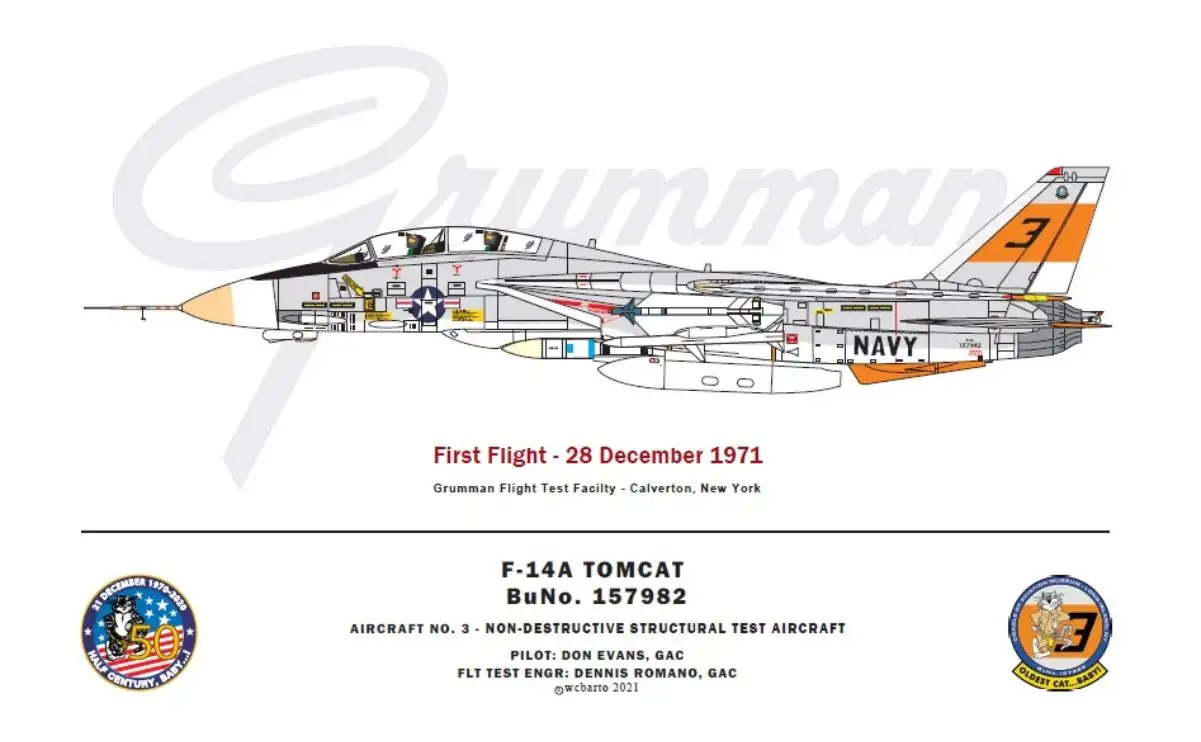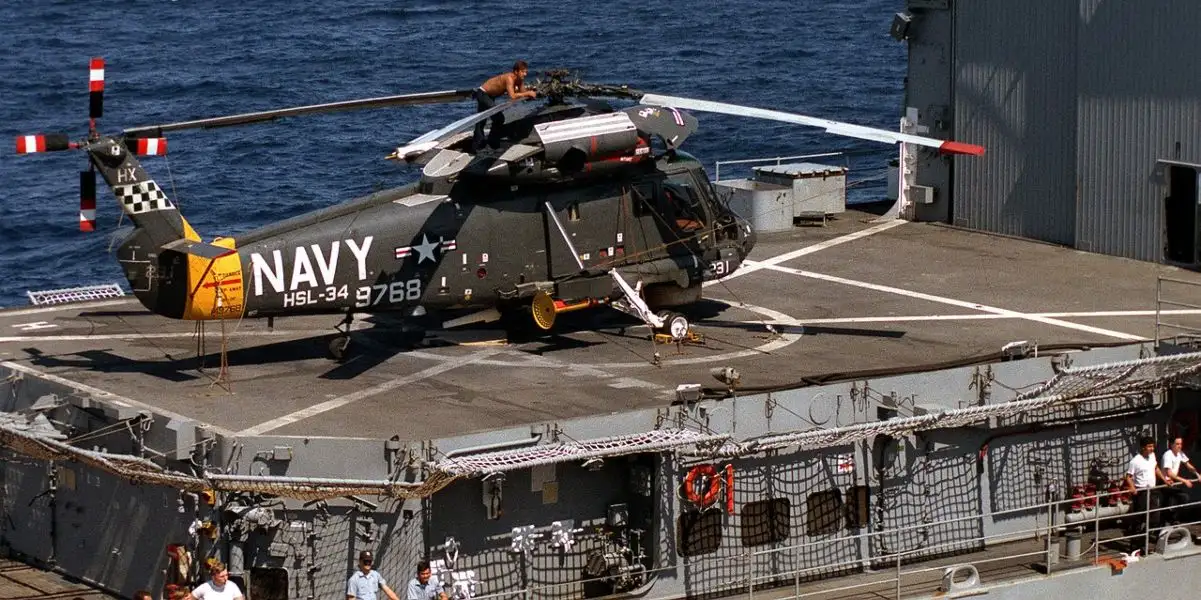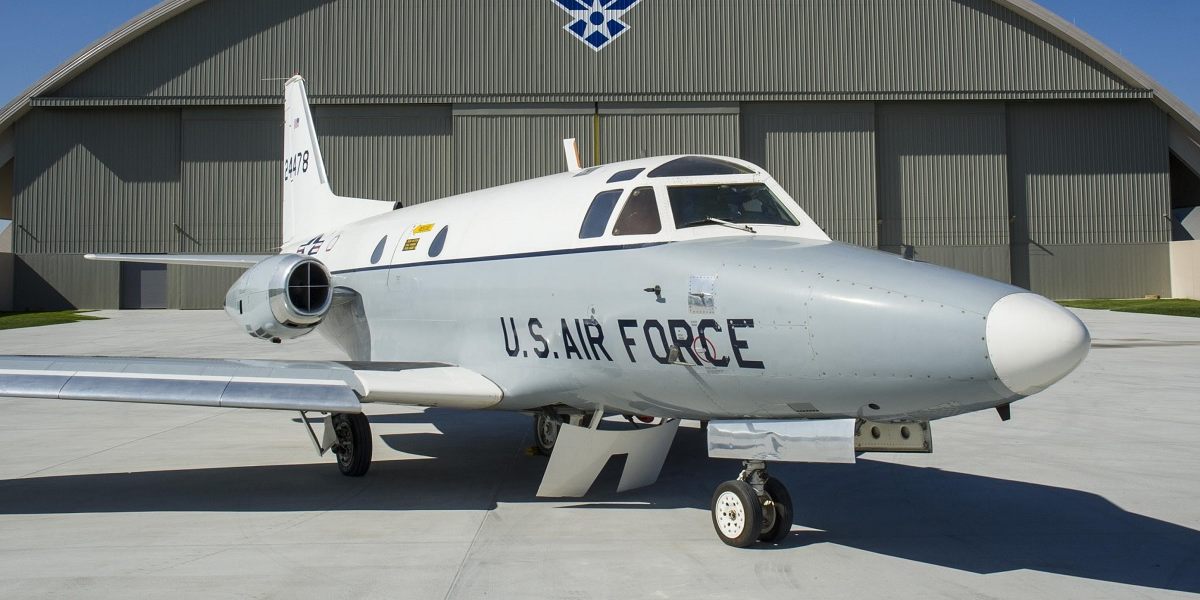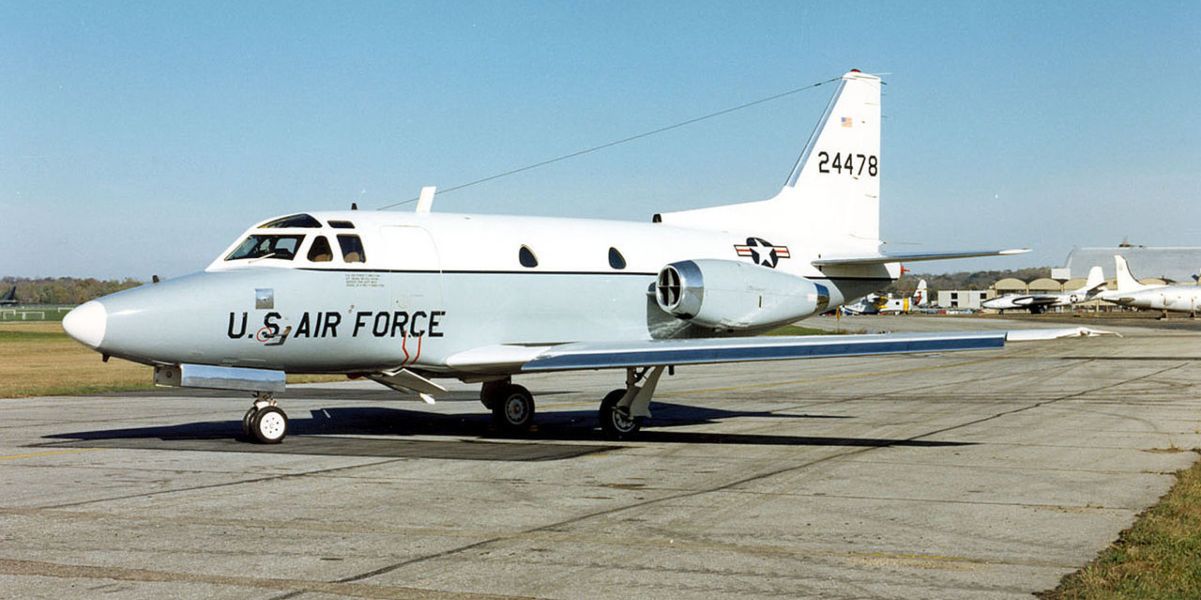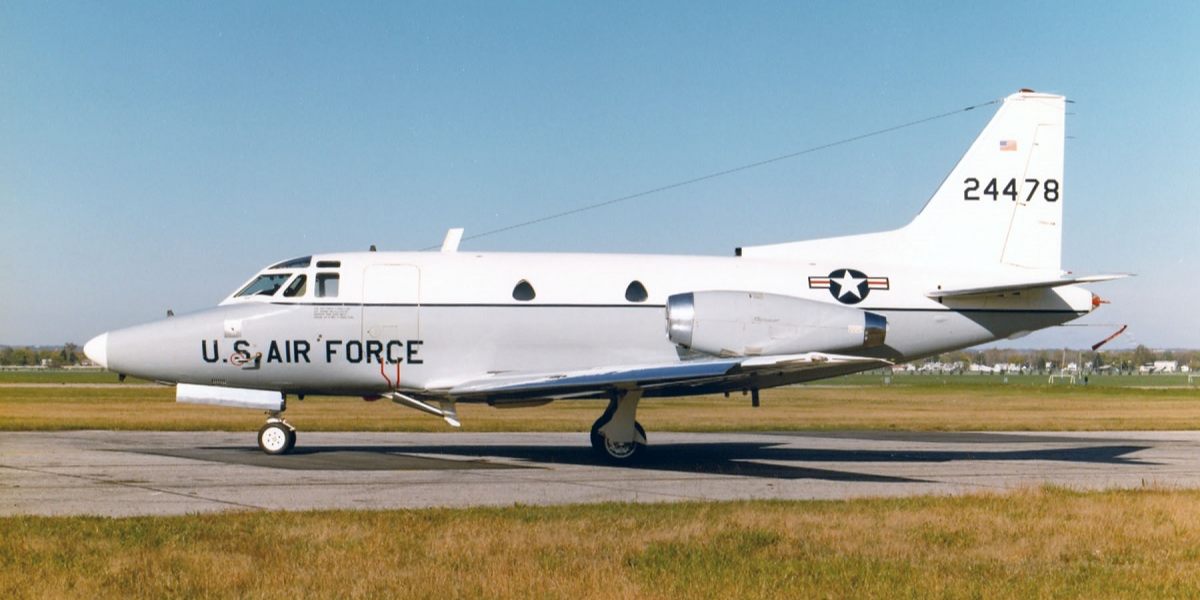The deaths of seven crew members in the crash of an EA-3B during a night recovery onboard USS Nimitz (CVN-68) in the Mediterranean rapidly solidified the effort to get the `Whale’ off the boat.
The sad video in this post features the terrible VQ-2 EA-3B accident that took place on Jan. 25, 1987, aboard the USS Nimitz (CVN-68) aircraft carrier.
At that time, the end of the A-3 in US Navy service was only four years away. Since the end of the Vietnam War, a series of incidents have left the Naval Aviation community more concerned about the safety of the aircraft. The most concerning aspect was the loss of forty-three personnel at this time, even though the 10 jets involved were a considerable number. Seven crew members lost their lives in an EA-3B crash that occurred during a nighttime recovery aboard the USS Nimitz in the Mediterranean, which quickly solidified the effort to get the “Whale” off the boat.
In his book A-3 Skywarrior Units of the Vietnam War, Rick Morgan explains that on the evening of January 25, 1987, “Ranger 12” (BuNo 144850) was launched with a full crew of seven people on a surveillance mission. The “Whale” was directed to the duty A-7 tanker for additional fuel after multiple failed attempts near the rear of the ship. The package of the Corsair II turned out to be “sour,” or useless. Faced with the prospect of having the crew bail out into the winter waters at night, the ship decided to rig the barricade. The final pass was like all of the others — high in and the pilot did not quickly cut (shut off) the engines as required over the ramp.
The A-3 floated over the wires and collided with the nose gear of the barricade, which was also improperly built because it was missing a vital piece of gear needed to tighten the upper strap. As expected, the aircraft passed over the angle and through the barricade before hitting the water. The rescue chopper passed swiftly overhead and saw no movement inside the aircraft, which was momentarily floating on the water’s surface. A few minutes later, the EA-3B sank, taking all seven soldiers with it.
The list of the seven men who gave their lives:
LT Stephen H. Batchelder (Intelligence Evaluator)
LCDR Ronald R. Callander (Navigator)
AT2 Richard A. Herzing
LT Alan A. Levine (Pilot)
CTI3 Patrick R. Price*
LT James D. Richards (Junior Evaluator)
CTI3 Craig H. Rudolf
The crash of VQ-1 EA-3B BuNo 144854 during carrier landing practice at NAS Miramar, California, occurred the night after this one on June 26. The three people on board died. Orders were issued to cease A-3 carrier deployments after both accidents and another occurrence involving a trapped VQ-2 jet due to a failed nose gear were taken into consideration. By the end of 1987, VQ-1 and VQ-2 had both retired their aircraft from carrier duty, though they kept them available for use from the beach. But for two more years, the FRS in VAQ-33 kept qualifying carrier instructors for proficiency-related reasons. August 1989 saw the last “Whale” trap and cat off the coast of the Atlantic.
The last A-3 crash happened on January 13, 1988, when VAK-208 KA-3B BuNo 147665, on a low-level mission, crashed into Pyramid Lake northeast of Reno, Nevada, in the late afternoon. The three crew members on board perished. It was the last of almost 100 Skywarriors that were lost in crashes, accounting for a staggering 42% of production. A-3s were also stricken in at least 20 other cases as a result of gear-up landings or in-flight mishaps. However, it was often mentioned, although somewhat sarcastically, in the “Whale” community that the aircraft’s lack of ejection seats was the reason it had survived for so long!
A-3 Skywarrior Units of the Vietnam War is published by Osprey Publishing and is available to order here.
Photo and video: John Herndon / herndonjtexas



